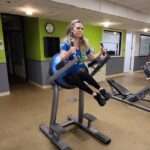We all know how crucial it is to have a well-balanced workout routine. This typically involves a mix of compound and isolation exercises. While compound exercises work multiple muscle groups at once, isolation exercises zero in on one specific muscle.
If you’re looking to target and strengthen individual muscles, then isolation exercises are your go-to. In this comprehensive guide, we’re breaking down the most effective isolation exercises by muscle group. Whether you’re new to the world of fitness or a seasoned athlete, this list has something for everyone. Ready to dig in? Let’s get started!
The Basics of Isolation Exercises
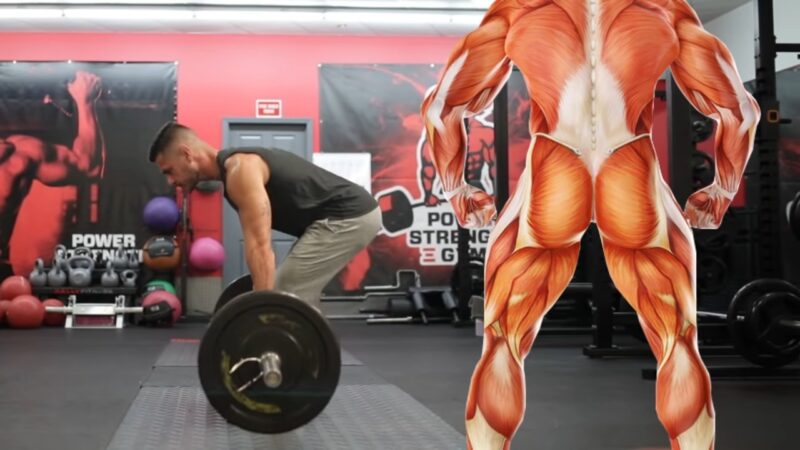
Isolation exercises are designed to target a specific muscle group while minimizing the involvement of other muscles. Unlike compound exercises, which engage multiple muscle groups at the same time, isolation exercises focus on one area. For example, a bicep curl is an isolation exercise that targets just the bicep, whereas a pull-up is a compound exercise that works the biceps, lats, and even the shoulders.
Why Choose Isolation Exercises?
You might wonder why you should opt for isolation exercises when compound exercises offer the advantage of working multiple muscle groups. The answer is specificity. Sometimes, you need to focus on one muscle group for various reasons like muscle imbalances, rehabilitation, or aesthetic goals. By using isolation exercises, you can fine-tune specific muscles without putting undue stress on others.
Isolation vs Compound Exercises
The Differences
- Isolation Exercises: Target a single muscle group.
- Compound Exercises: Engage multiple muscle groups.
- Application: Isolation exercises are best for targeting specific muscles, while compound exercises are more functional, mimicking real-world activities.
Which Should You Choose?
The choice between isolation and compound exercises isn’t a one-or-the-other scenario. In fact, a balanced workout regimen should include both. However, isolation exercises are particularly beneficial for those looking to correct muscle imbalances, rehab an injury, or enhance a particular muscle group for aesthetic reasons.
Benefits
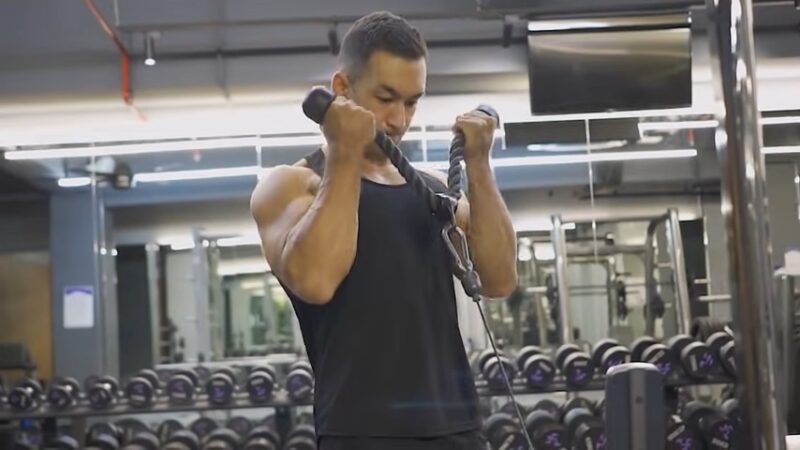
Physiological Benefits
Isolation exercises offer numerous physiological benefits. They can correct muscle imbalances and help rehabilitate injuries. They also allow you to target specific muscle groups for hypertrophy (muscle growth), improving muscle tone and aesthetics.
Psychological Benefits
When you see rapid improvement in a specific area, it can provide a significant psychological boost. This sense of accomplishment can be motivating and encourage you to stick to your fitness regimen.
Targeted Workouts: A Breakdown of Isolation Exercises for Each Muscle Group
Isolation exercises give you the freedom to focus on each muscle group individually, thereby offering a tailored workout experience. In this section, we’re going to break down top isolation exercises for every primary muscle group. Whether your goal is muscle growth, toning, or injury recovery, this list will equip you with the tools to work on specific areas effectively.
Chest Isolations
Pec Deck Machine
The Pec Deck Machine specifically targets your chest muscles, offering an alternative to dumbbell flyes.
- Execution: Sit at the machine with your back flat against the pad. Place your arms on the pads and bring them together, focusing on your pectoral squeeze.
- Tip: To avoid shoulder strain, keep your arms parallel to the floor during the movement.
Chest Pullovers
Pullovers primarily target the chest and secondarily engage the lats.
- Execution: Lying on a bench, hold a dumbbell with both hands above your chest. Lower the weight behind your head and bring it back to the starting position.
- Tip: Keep your arms slightly bent to isolate the chest muscles effectively.
Shoulder Isolations
Rear Delt Flyes
This exercise targets the rear deltoids, providing a complete shoulder workout.
- Execution: Bend over at the hips and hold a dumbbell in each hand. Raise the dumbbells out to the side, squeezing your shoulder blades together.
- Tip: Maintain a slight bend in your elbows and use slow, controlled motions.
Arnold Press
Named after Arnold Schwarzenegger, this exercise isolates the entire shoulder muscle group.
- Execution: Sit on a bench and hold a dumbbell in each hand at shoulder level. Rotate your wrists as you press the weights above your head.
- Tip: The rotation adds an extra layer of engagement for the shoulder muscles.
Back Isolations
Straight-Arm Pulldowns
This exercise engages the lats without involving the biceps significantly.
- Execution: Stand facing a cable machine, hold the bar with a wide grip, and pull it down to your thighs while keeping your arms straight.
- Tip: Keep your torso upright and focus on contracting your lats.
Seated Row Machine
This machine allows you to isolate the middle of your back.
- Execution: Sit down at the machine and grip the handles. Pull them towards you, squeezing your shoulder blades together.
- Tip: Avoid leaning too far back during the row, as this can engage other muscle groups.
Arm Isolations
Concentration Curls
Ideal for focusing on the biceps, this exercise minimizes the involvement of other muscle groups.
- Execution: Sit on a bench and rest your arm against your inner thigh. Curl a dumbbell towards your chest.
- Tip: Keep your upper arm stationary to isolate the bicep muscle.
Tricep Pushdowns
This exercise is excellent for isolating the triceps.
- Execution: Use a cable machine and push the bar down, fully extending your arms.
- Tip: Keep your elbows tight to your body to focus on the triceps.
Ab Isolations
Russian Twists
This exercise isolates the obliques.
- Execution: Sit on the ground and lean back slightly. Hold a weight with both hands and rotate your torso, touching the weight to the ground beside you.
- Tip: Keep your spine straight and engage your core throughout the movement.
Leg Raises
Ideal for targeting the lower abs, leg raises can be done hanging or lying down.
- Execution: Lie on your back and lift your legs up to a 90-degree angle, then lower them back down without letting them touch the ground.
- Tip: Keep your core engaged and your lower back pressed against the floor.
Leg Isolations
Hamstring Curls
This machine-based exercise specifically targets the hamstrings.
- Execution: Lie face down on the hamstring curl machine and curl your legs towards your glutes.
- Tip: Ensure you’re using a weight that allows for a full range of motion.
Calf Raises
Isolate the calf muscles effectively with this straightforward exercise.
- Execution: Stand on a raised surface with your heels hanging off the edge. Raise your heels by pushing through the balls of your feet.
- Tip: For increased isolation, perform the exercise one leg at a time.
How to Incorporate Isolation Exercises into Your Routine
Planning Your Workouts
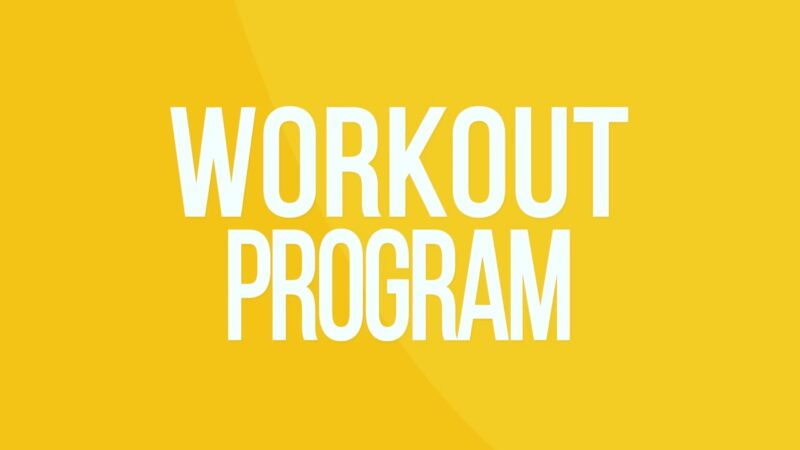
- Beginner: If you’re new to working out, start with compound exercises and gradually introduce isolation exercises.
- Intermediate: A balanced workout for intermediate gym-goers can consist of 60% compound exercises and 40% isolation exercises.
- Advanced: Those who are more experienced can manipulate their routines to focus on weaker muscle groups using isolation exercises.
Practical Tips
- Split Routines: Consider doing a split routine that targets different muscle groups on different days. Incorporate isolation exercises to end your workouts.
- Rest: Ensure adequate rest between sets and workouts to allow muscle recovery.
FAQs
What Equipment is Commonly Used for Isolation Exercises?
Common equipment includes cable machines, curl machines, dumbbells, loaded barbells, and Smith machines. Each piece of equipment is designed for a specific isolation exercise.
How Are Isolation Exercises Used in Bodybuilding?
Advanced bodybuilders often use isolation exercises to target specific muscles for more definition, especially when those muscles are not being fully worked by compound exercises.
Can Isolation Exercises Be Used in Physical Therapy?
Yes, they are often prescribed during physical therapy to strengthen and stabilize specific muscles and joints. They are particularly useful for correcting muscle imbalances.
Are There Any Risks Associated with Isolation Exercises?
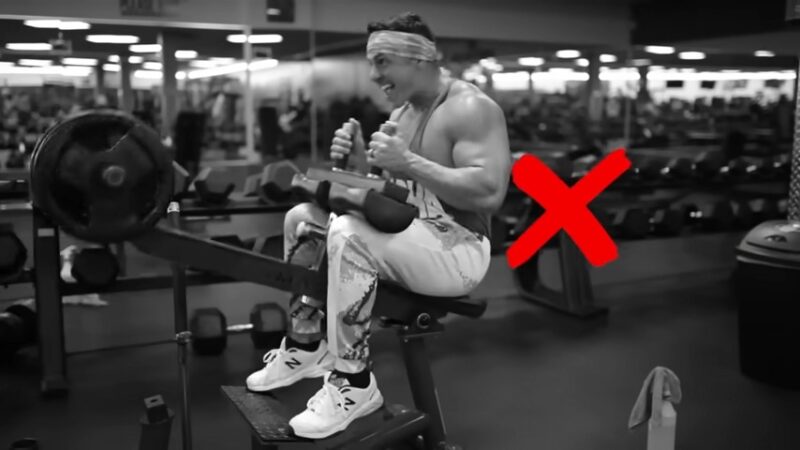
One of the drawbacks is the potential for causing muscle imbalances. If you focus too much on one muscle group and neglect its opposing group, you may find yourself out of balance.
Any Tips for Performing Isolation Exercises Safely?
Always focus on good form and technique to prevent injury. It’s also important to listen to your body and stop any exercise if you start to feel pain.
Final Words
Incorporating isolation exercises into your workout regimen allows you to target specific muscles, correct imbalances, and achieve your fitness goals more effectively. As always, consult a fitness professional to tailor a workout program that best suits your needs.






